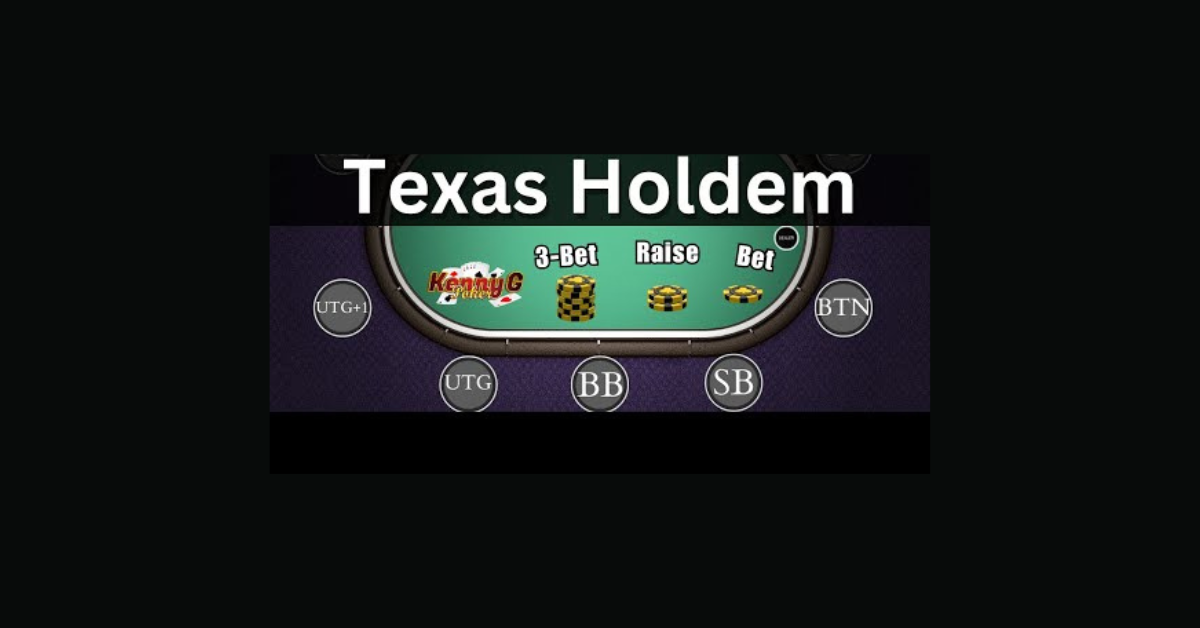Betting Rounds in Texas Holdem
In Texas Hold’em, there are four betting rounds: Preflop, Flop, Turn, and River. During the Preflop round, the player to the left of the big blind starts the betting by either folding, calling the big blind amount, or raising. The action then continues clockwise around the table.
Once all players have either folded or called the highest bet, the Flop round begins. In this round, three community cards are dealt face-up on the table. The player to the left of the dealer button starts the betting action, and again, players can choose to check, bet, call, raise, or fold. The betting continues in a clockwise direction until all players have either matched the highest bet or folded.
Blinds and Antes
Blinds and antes are mandatory bets that vary from table to table in Texas Hold’em. The purpose of these forced bets is to initiate action and build the pot before any cards are dealt. Blinds are posted by the players to the left of the dealer button, while antes are posted by all players at the table before each hand begins.
The player seated immediately to the left of the dealer button posts the small blind, typically half the minimum bet allowed at the table, and the next player posts the big blind, which is equal to the minimum bet. Antes, on the other hand, are usually a small fixed amount contributed by every player at the table. These bets ensure there is always something at stake, encouraging players to participate in each hand.
Minimum and Maximum Bets
In Texas Hold’em, the minimum bet refers to the smallest amount a player can wager during a betting round. It is determined by the specific game rules or the size of the blinds. Failing to meet the minimum bet requirement will result in the player being disqualified from further action in that round.
On the other hand, the maximum bet is the largest amount a player can wager during a betting round. It is usually restricted by the size of a player’s chip stack or the house rules of the game. Going over the maximum bet is not allowed and can lead to penalties or even disqualification from the game.
Check, Call, Raise, and Fold
In Texas Hold’em, players have four basic actions they can take during the course of a hand: check, call, raise, and fold. When a player checks, they choose not to bet any money and pass the action to the next player. Checking is only possible when no one has made a bet before the current player’s turn.
A call is made when a player matches the current bet on the table. This allows them to stay in the hand and continue playing. On the other hand, a raise occurs when a player increases the current bet. This puts pressure on opponents to either match the raise, fold, or re-raise, creating a dynamic and strategic element in the game. Finally, folding is when a player decides to forfeit their hand, losing any bets they have placed so far. Folding is a crucial decision-making point in poker, as it allows players to cut their losses and wait for a better hand.
Pot Odds and Implied Odds
When evaluating pot odds in Texas Hold’em, players must compare the size of their potential call to the size of the current pot. By calculating the ratio between the potential call and the total pot size, players can determine the likelihood of winning the hand needed to justify making the call. If the pot odds are higher than the odds of winning the hand, it may be a favorable decision to make the call.
Implied odds in Texas Hold’em refer to the potential future winnings a player can expect if they hit their hand. Unlike pot odds that only consider the current pot size, implied odds take into account the additional chips that can be won in future betting rounds. Calculating implied odds involves estimating the potential winnings beyond the current round of betting, based on the likelihood of improving one’s hand and the betting behavior of opponents.















